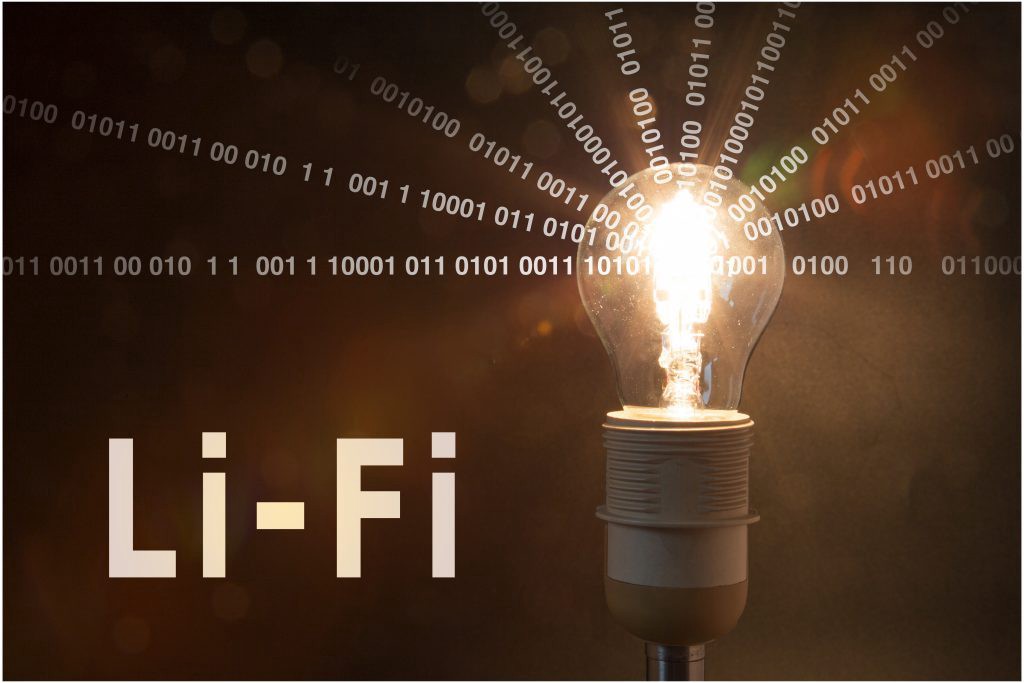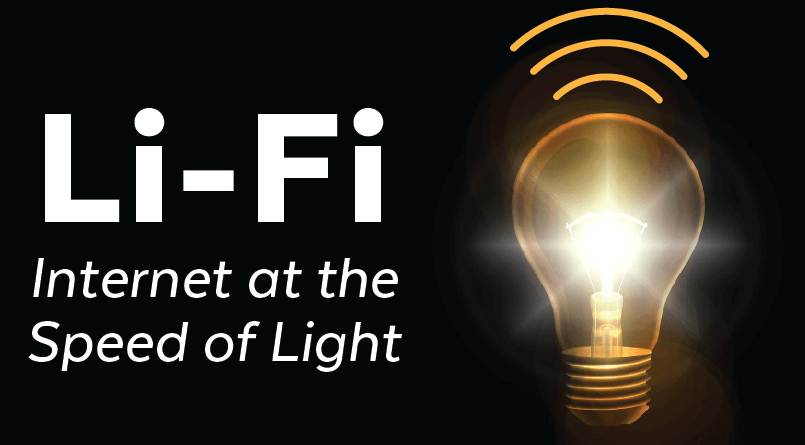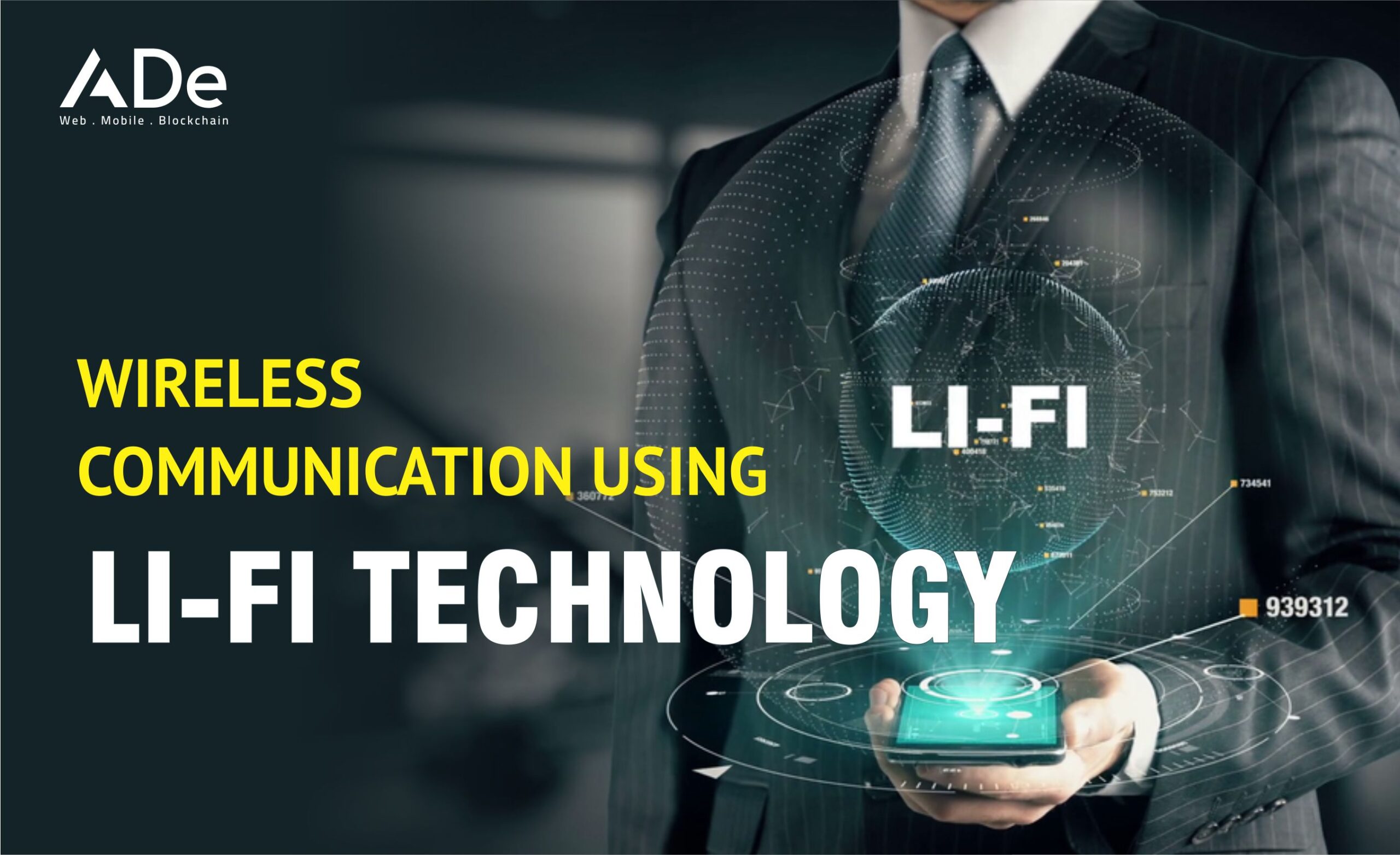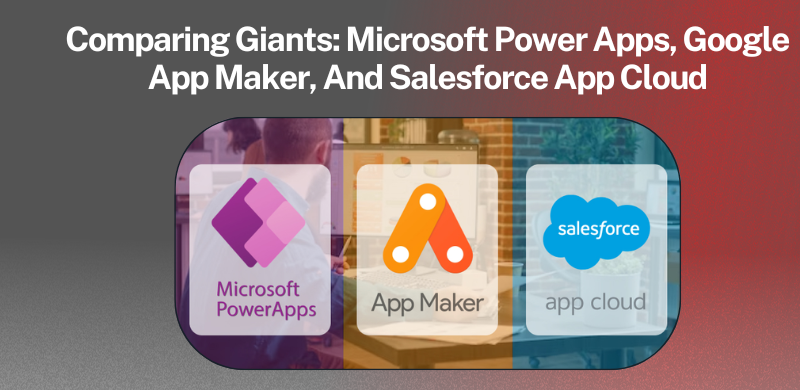The goal of lifi is to provide a high-speed, low-latency data experience to customers. The goal is to seamlessly swap out the customer’s existing internet connection with lifi in order to provide infinite bandwidth and reliability. Once you have the service installed, your phone will be able to connect to it through a popular WiFi connection like your home or office. All cell phones connect over 4G LTE, which is much slower than lifi.
Wifi is one of the most popular ways of connecting to the internet. But have you heard about lifi technology? Lifi is a new type of wifi that’s being used in some cities. It’s more secure, and has lower latency than traditional wi-fi.
What is Lifi Technology? Lifi is a wireless technology that completed the IEEE 802.11 standard. It is a wireless LAN protocol, which has the same features as Wi-Fi but with different frequencies.
What is Lifi Technology?

Lifi is a term for light-based communication technology. It uses visible or invisible light to transmit data wirelessly and can be used in various applications such as data communications, lighting control, and environmental sensing.
Lifi technology has several advantages over other wireless communication technologies. Additionally, lifi can be used in environments where radiofrequency (RF) signals cannot penetrate, such as underwater or in medical implants.
There are two main types of lifi technology: visible light communication (VLC) and infrared communication (IR). VLC uses LEDs to transmit data, while IR uses lasers.
Lifi technology is still in its early stages of development, but it has the potential to become a major player in the wireless communications market.
Additionally, Lifi has a much higher data transmission rate than Wi-Fi, meaning that it can be used for high-bandwidth applications such as streaming video.
There are some challenges with implementing lifi technology, however. Additionally, lifi technology is currently more expensive than Wi-Fi, although this cost is expected to decrease as the technology matures.
Lifi has been in development for many years, but it is only now becoming available to consumers. There are a few different companies that are offering products, but the most well-known is Philips Lighting.
Philips Lighting has been working on lifi technology for over 10 years. One bulb emits a constant stream of light, while the other bulb encodes the data into the light stream. The encoded data can then be decoded by a receiver that is connected to the internet.
The major advantage of lifi over Wi-Fi is its speed. With Wi-Fi, you are limited by the amount of bandwidth that your router can provide.
Another advantage of lifi is its security. Because it uses light instead of radio waves, it is much harder for someone to intercept the signal and steal your data.
Working of Lifi
Lifi is a new technology that uses light to transmit data. It is similar to Wi-Fi, but it uses visible light instead of radio waves. Lifi has a number of advantages over Wi-Fi. One is that it can transmit data at much higher speeds than Wi-Fi. Another is that it is much more secure because it is difficult to intercept the light signals. Finally, Lifi does not interfere with other electronic devices like Wi-Fi can. How does Lifi work? It uses two main components: an LED (light emitting diode) and a photodiode. The LED emits pulses of light that are encoded with data. The photodiode receives the light and decodes the data. This happens at incredibly fast speeds, too fast for the human eye to see. Lifi is still in the early stages of development, but it has great potential to revolutionize the way we use the internet.
Lifi Applications

Lifi application has the potential to be much faster than Wi-Fi and does not require line of sight, making it ideal for indoor use.
Lifi can be used for a variety of applications, including high-speed internet, video streaming, and gaming. It can also be used to connect devices in difficult-to-reach places, such as underground mines or airplanes. However, several companies are working on bringing Lifi to the market, and it is expected to become more widely available in the coming years. For example, it could be used in public places like airports and stadiums, where there is a lot of traffic and radio waves are heavily regulated.
Lifi has many potential advantages over WiFi. It is much faster than WiFi, and it does not interfere with other electronic devices. Additionally, Lifi is more secure than WiFi because it is harder to hack into a light signal than a radio signal.
One potential disadvantage of Lifi is that it requires line of sight between the transmitting and receiving devices. Overall, Lifi is a promising new technology with many potential applications.
Disadvantages of Lifi
Few disadvantages of lifi that you should know about before deciding if it’s the right technology for you. Additionally, Lifi requires a clear line of sight between the transmitter and receiver, so it can be disrupted by walls or other obstacles. Finally, Lifi has a shorter range than other wireless technologies, so it may not be suitable for large homes or offices.
Wi-Fi can reach up to 300 feet; lifi only has a range of about 30 feet. Another disadvantage is that lifi requires line of sight to work properly, so it won’t work if there are walls or other obstacles in the way. Finally, lifi is still a new technology and it’s not yet widely available. This means that users may have trouble finding compatible devices and services.
Advantages of Lifi Technology
There are many advantages of lifi technology. One advantage is that it can transmit data at high speeds. Another advantage is that it can provide internet access in areas where there is no wired infrastructure. Additionally, working of lifi technology is more energy-efficient than other wireless technologies, and it does not create electromagnetic interference.
One advantage is that it uses visible light, so it does not interference with other electronic devices. Additionally, lifi has a higher bandwidth than other wireless technologies, so it can support more data transmissions. Another advantage of lifi is that it is more secure than other wireless technologies because it uses a unique frequency that cannot be intercepted by unauthorized devices. Finally, lifi technology is less expensive to implement than other wireless technologies.
Difference between Lifi and WiFi
There are a few key differences between lifi and wifi technology. This means that lifi can be used in areas where there is no line of sight, like in underground tunnels or inside buildings. Additionally, lifi has a much higher data transmission rate than wifi – up to 10 Gbps. Finally, lifi technology is less prone to interference than wifi, making it more reliable.
The main advantage of lifi over WiFi is that it has a much higher bandwidth, meaning it can transmit more data in a given amount of time. Additionally, lifi is not subject to interference from other electronic devices like WiFi can be. However, it has the potential to revolutionize wireless communications and provide faster, more reliable connections than ever before.
Why Choose Us?
Numerous technologies have the ability to affect the entire world. Those without technological abilities can succeed with artificial intelligence and virtual reality. In order to advance in the workforce, education and technology will receive increased focus in 2022. Ade Technology provides application development, managed services, and digital marketing at their finest. We are devoted to assisting our clients in reaching new heights and are passionate about providing excellence. We show a strong commitment to ethical corporate conduct.




